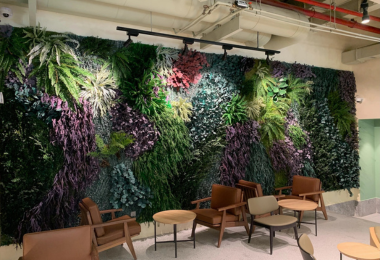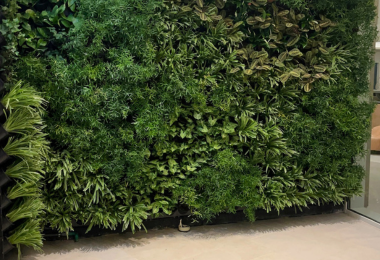Explore the burgeoning trend of green walls in Saudi Arabia and see how Rosemary is leading the way in integrating vertical gardens into urban landscapes. Discover the benefits of these eco-friendly installations and how they can transform both residential and commercial spaces.
Understanding Green Walls
What are Green Walls?
Green walls, also known as vertical gardens, are structures covered with vegetation that are either free-standing or part of a building. These installations can vary in size and complexity, from small indoor setups to extensive outdoor walls that span entire buildings.
Types of Green Walls
There are primarily two types of green walls:
- Living Walls: These feature plants that grow in a medium such as soil, substrate, or hydroponics. They are often supported by structural systems and can be integrated with irrigation systems.
- Green Facades: These involve climbing plants growing up and across a support structure. The plants are rooted in the ground or in containers placed at different heights.
The Benefits of Green Walls
Environmental Benefits
- Improved Air Quality: Green walls act as natural air filters, trapping dust and pollutants while releasing oxygen.
- Temperature Regulation: They help regulate indoor temperatures by providing insulation, which reduces the need for air conditioning and heating.
- Biodiversity Enhancement: Vertical gardens can create habitats for various insects and birds, promoting urban biodiversity.








